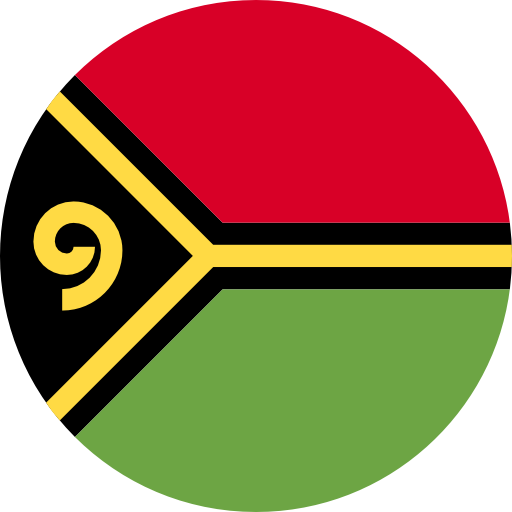
- Home
- Coin Values
- Regions
- Spot Silver Price: $36.09

Silver coins were in regular circulation in New Hebrides. The values below represent the intrinsic value of silver coins from New Hebrides.
New Hebrides silver coins that are in uncirculated condition, or that may be rare and collectible may also have numismatic value. You can use this table as a guide when buying and selling circulated silver coins from New Hebrides.
The melt values are calculated and displayed in USD based on the today's silver spot price of $36.09 per troy ounce.
| Denomination / Currency | Years Minted | Fineness | Gross Weight (g) | ASW (g) | ASW (oz t) | Melt Value |
|---|---|---|---|---|---|---|
| 100 Francs | 1966 | .835 | 25 | 20.88 | .6711 | $24.22 |
The New Hebrides, now known as Vanuatu, is an island archipelago located in the South Pacific Ocean. This region has a unique colonial history, having been jointly ruled by both the British and the French from 1906 until it gained independence in 1980. The history of silver coins in the New Hebrides is closely tied to its colonial past and the economic needs of the time.
During the colonial administration, the New Hebrides used currencies from both the French and British colonial systems. This dual administration led to a unique monetary situation where both the French franc and the British pound were in circulation.
In 1966, the British introduced the New Hebrides franc, which was pegged to the French franc. The New Hebrides franc included silver coins, specifically the 5 franc and 10 franc coins. These coins were minted in Paris and were used alongside British and Australian coins.
The designs of the New Hebrides silver coins featured a blend of local and colonial elements. The obverse of the coins typically depicted symbols of the colonial administration, while the reverse showcased motifs significant to the local culture and environment. For instance, some coins featured images of traditional Melanesian items or local flora and fauna.
When the New Hebrides gained independence in 1980 and became Vanuatu, the new nation introduced its own currency, the Vanuatu vatu (VUV). The transition marked the end of the use of colonial-era silver coins. The vatu did not initially include silver coins, as the focus was on developing a stable and practical currency system for the newly independent nation.
Today, silver coins from the New Hebrides period are of particular interest to numismatists and collectors. They represent a unique period in the history of Vanuatu and are valued not only for their silver content but also for their historical significance. Collectors often seek out these coins as part of broader collections of colonial-era currencies or Pacific Island numismatics.
The history of silver coins in the New Hebrides is a fascinating reflection of the region's colonial past and the complexities of its dual administrative system. These coins serve as historical artifacts that provide insight into the economic and cultural exchanges during a significant period in the history of Vanuatu.